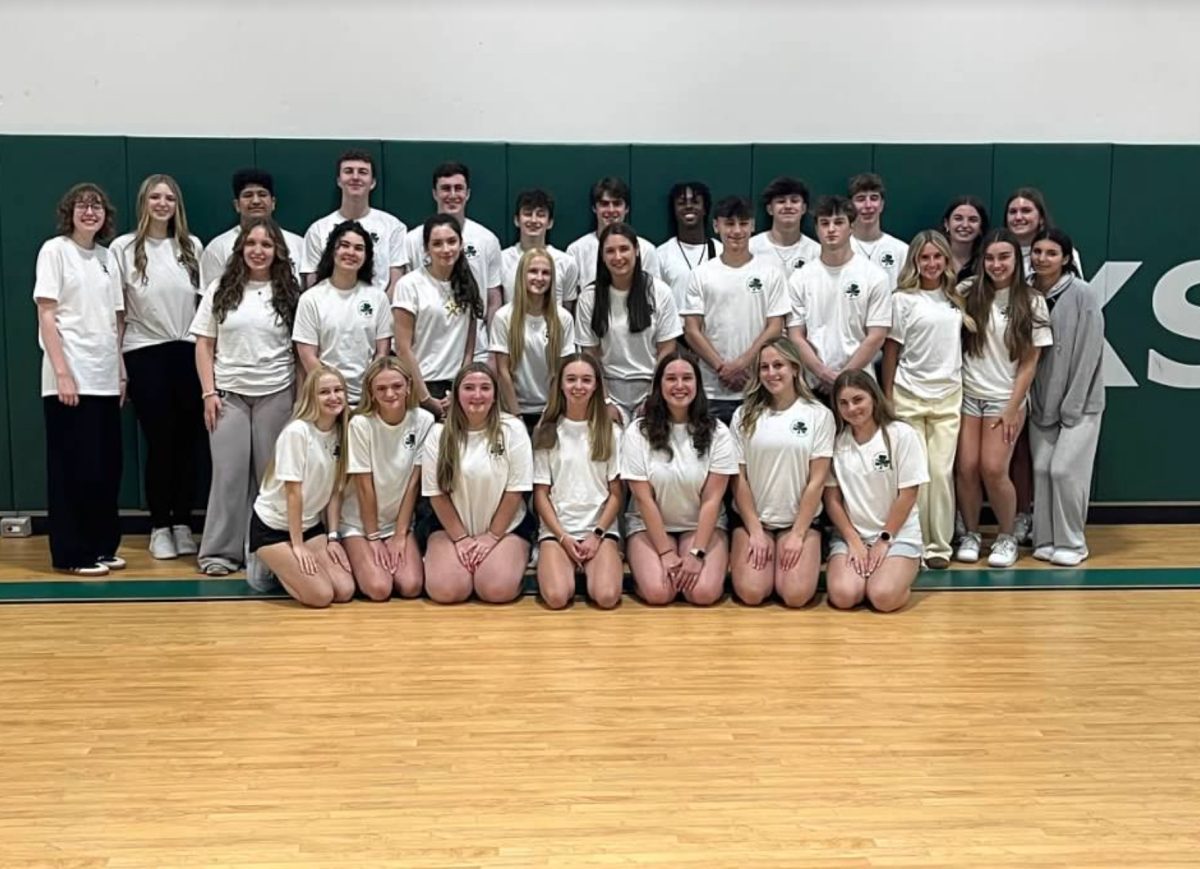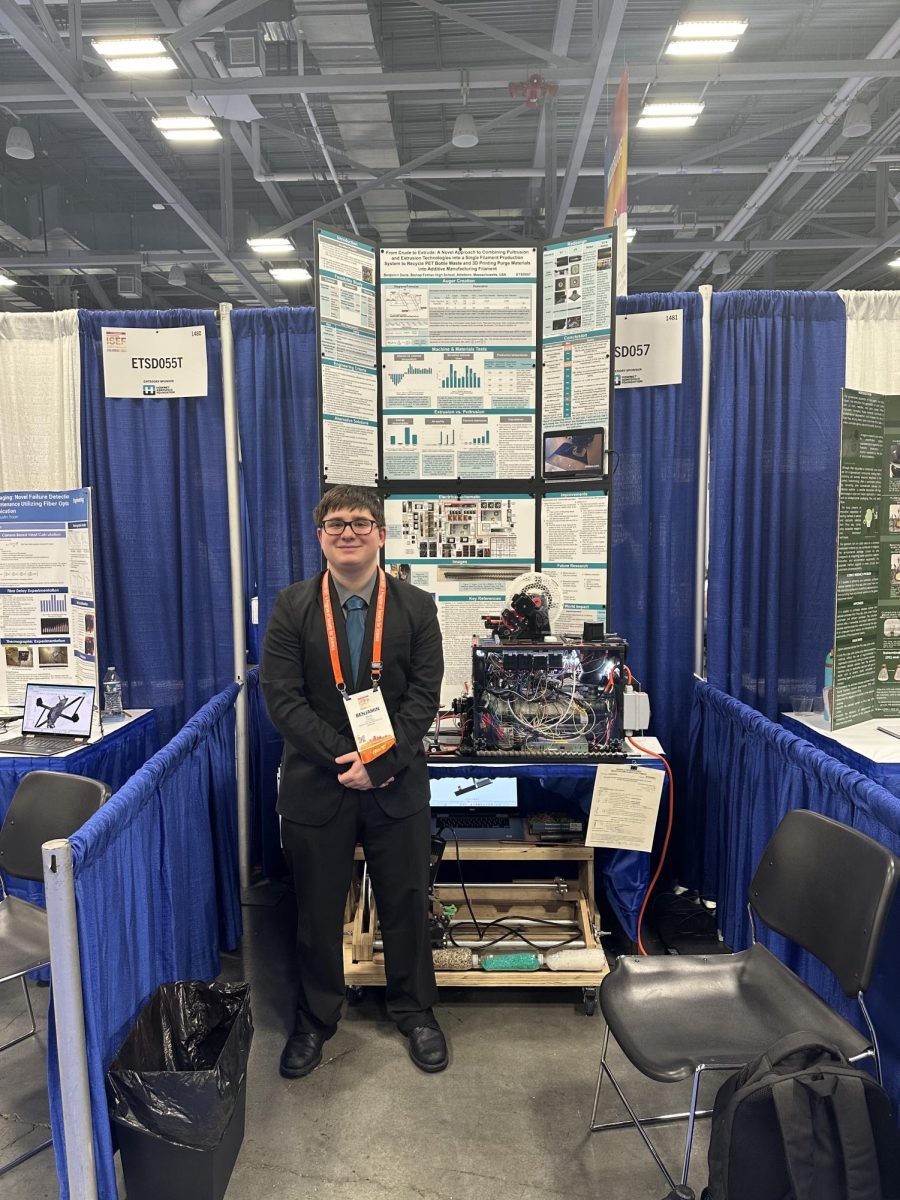The Psychology of Students: Cramming Is Not The Way To Go
December 1, 2022
Picture the following: it’s 11:00 p.m. the night before that big history test, but you’ve barely looked at your notes on the unit and realize it’s now or never to crack open that notebook. For two to three hours straight, you reread the information you wrote down in hopes to sear it into your head. The next day, you feel confident in your test taking ability, and manage to get an A- on that test. You proceed to take the very same approach on the next test, thinking that the method works, completely unaware of the fact that you’ve forgotten the information from the previous unit and aren’t reaching your full academic potential. Among the several negative consequences that could come from this method of studying (all of which I will tackle in future editions), one such outcome is a weak memory and grasp on the history lesson’s concepts, a result overshadowed by your hypothetical temporary success. This result lends evidence to a fact agreed upon by many psychologists: cramming does not work.
The type cramming described in this scenario, called mass practice, can be defined as an extended learning session without rest. This strategy, while it might provide temporary success, will prove unfruitful in the long run. In other words, your earlier massed practice will do you little good when it comes to preparing for midterms, finals or life beyond high school. In order to be engraved into our memory, information needs to be revisited repeatedly through rehearsal, and this rehearsal cannot simply last an hour or so in the span of one night, but rather take place across several nights. This process better encodes the information we study in comparison to massed practice (in an idea called “spacing effect”). The best way to spend our time within these spaced study sessions is doing distributed practice, or repeated self-testing. This means not simply rereading the information we need to study, but connecting the information learned to preexisting information in our heads, using mnemonic devices to assist our memory, and utilizing tools like flashcards and Quizlets to test our memories. Ultimately, without deliberate effort to deeply and thoroughly encode and maintain information, studying proves relatively useless.
You might be thinking about how time consuming distributed practice appears to be, but think about how much time someone may spend mass practicing the night before an exam. Two hours maybe? Well, those two hours, when divided into twenty minute increments over the course of six days, consume the same amount of time. Distributed practice simply requires more willpower, not time. Additionally, if you must cram, there are more effective ways to go about it than what’s described in the initial scenario. For example, when studying for an extended period, you might want to use the Pomodoro Technique. This method includes setting a timer to work for 25 minutes, then taking a 5 minute break when the time expires, repeating this four times, then taking a 15-30 minute break after the fourth time before repeating. This will keep you on task and largely undistracted while giving your brain breaks that help it absorb the information you’ve looked at. Finally, if you must cram, make sure you at least get a good night’s sleep, as, to put it shortly, a good night’s rest leads to a better memory and a healthier body.
Sources:
– Ms. Corcoran (Bishop Feehan AP Psychology teacher)
– Myers’ Psychology for AP by David G. Myers




















